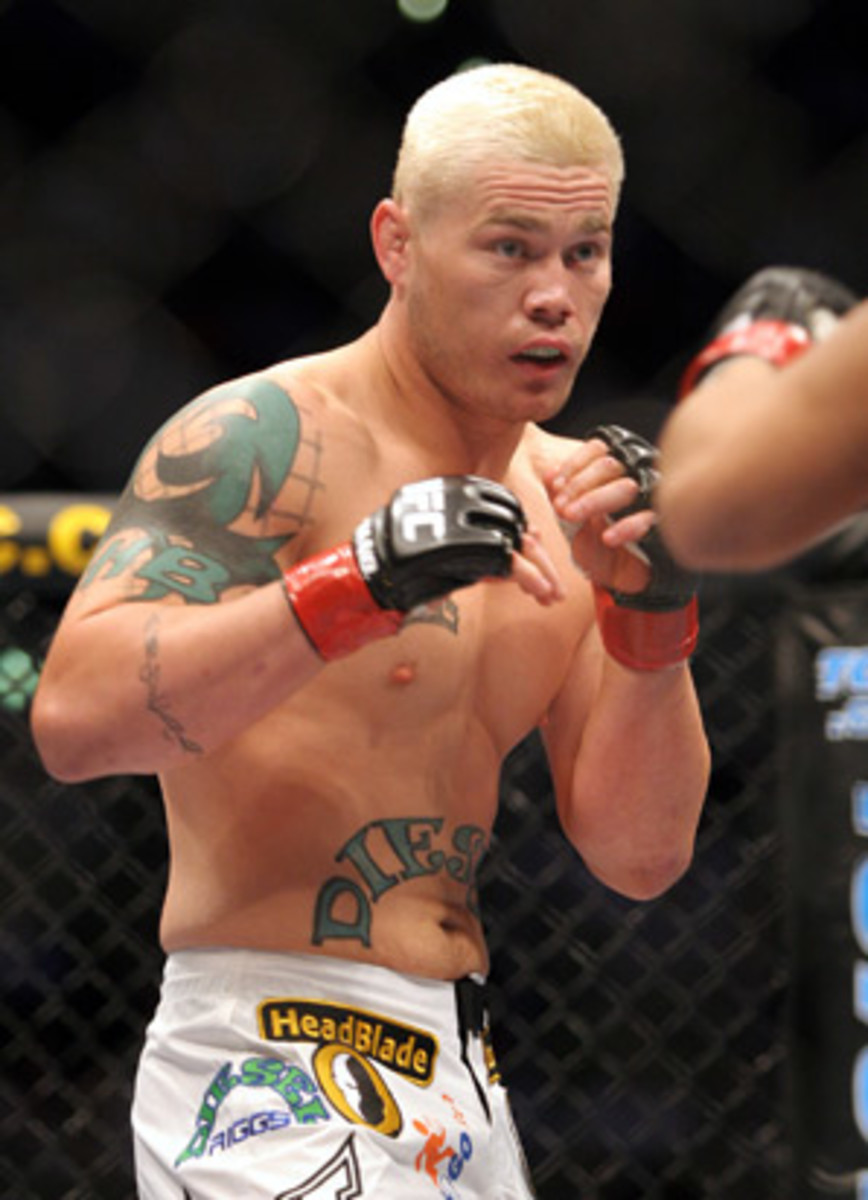
Strikeforce brings Japanese fighters to MMA's new hotspot
During the late 1990s, MMA was largely reviled in the U.S. Following years of controversy, negative press and attacks brought on by its own cannibalistic marketing, the Ultimate Fighting Championship, then promoted by Semaphore Entertainment Group, was forced off pay-per-view, hiding in obscure locales.
A diminished audience meant America's top fighters, who weren't making a lot of money during the UFC's early success, struggled just to get by. They continued to fight, of course, but when another option emerged overseas, mixed martial artists found a professional lifeline.
Japan had long been a proving ground for combat sports. Shooto, for example, was the first MMA group that, in addition to several other rules that are commonplace today, mandated fighters wear lightweight, fingerless grappling gloves. Ken Shamrock, the legendary fighter who competed at UFC 1, cut his teeth in the Pancrase organization well before establishing himself back home.
Yet, these were grassroots-level events, and it wasn't until Pride Fighting Championships emerged in 1997 that MMA successfully made the jump from a niche sport to one the Japanese public cared about.
While battles waged in the U.S. over MMA's growing acceptance and pending government regulation, Pride officials promoted the sport how they wanted and when they wanted. Frustrated by diminishing dollars it wasn't long before UFC pioneers matriculated with some of the best fighters to catch the Japanese MMA wave. At its height, the kakutogi (fighting arts) boom in Japan delivered huge audiences, with millions watching on TV and upwards of 40,000 fans regularly filling stadiums and arenas.But the wave crested in 2006.
A year later, amidst the chaos of mismanagement, rumored ties to organized crime and the will of a voracious competitor in the Zuffa-led UFC, scattered pieces of the Pride ship washed ashore.
Ironically, a decade after American MMA flirted with extinction, Japan is undergoing its version of a market meltdown. The result: Many of Japan's top fighters have started looking to the U.S. for big-money fights and exposure to an attentive audience. For Kazuo Misaki, a former Pride tournament champion, and UFC-signed competitors like Yushin Okami and Akihiro Gono, the trend represents a clear a reversal of what their compatriots dealt with when Japan dominated the marketplace.
"America is experiencing a mixed martial arts boom," said Misaki, a top-10 ranked middleweight faces Joe Riggs on Saturday when Strikeforce promotes a night of fights at the Playboy Mansion. "In Japan a few years ago it was more popular than it is now."
More and more, Japanese fighters are the ones accepting culture shock and jetlag. "The food, the people, the places -- everything is unusual for me," said Mitsuhiro Ishida, a lightweight who will make his American debut against JustinWilcox on Saturday. "But those experiences are definitely very exciting for me."
With excitement comes a level of uncertainty for some. Rather surprising is the role of Japanese mainstream media, said Misaki's trainer, Makoto Oka. These days, it's the American sporting press that covers MMA closer than their Japanese counterparts, leading to a weakening perception of the sport among the general public. Covered less like a sport and more like pro-wrestling, MMA events such as Dream and Sengoku, which sprung in response to Pride's demise, have failed to gain much traction in the last year and a half.
Ishida, 29, agrees that Japanese MMA is in the midst of a downturn, yet he also believes an important door has been opened for some of the country's top fighters to get out and show the world their fighting spirit.
Hoping to rebound after a stunning submission loss to Caol Uno in May, Ishida (16-4-1) knows he needs a win regardless of the venue. On Saturday, he'll fight in a cage -- a notion that remains a bit of a mystery to many Japanese fighters.
Said a smiling Misaki, "In a cage I feel like an animal. As long as I can show my spirit and fighting style, it doesn't matter who the audience is or where I'm fighting. I'll fight in the States or in Japan. I want to fight in front of large audiences and show what I'm all about."
And when it comes to the cyclical nature of the fight game, Misaki (20-8-2, 1 NC) holds some hope that Japan will once again be a place that fans and fighters alike can count on to produce quality fights featuring the best in the sport.
"It's like the weather," he said, "there are good days and bad days. I'm waiting for a beautiful, sunny day. It will happen."





